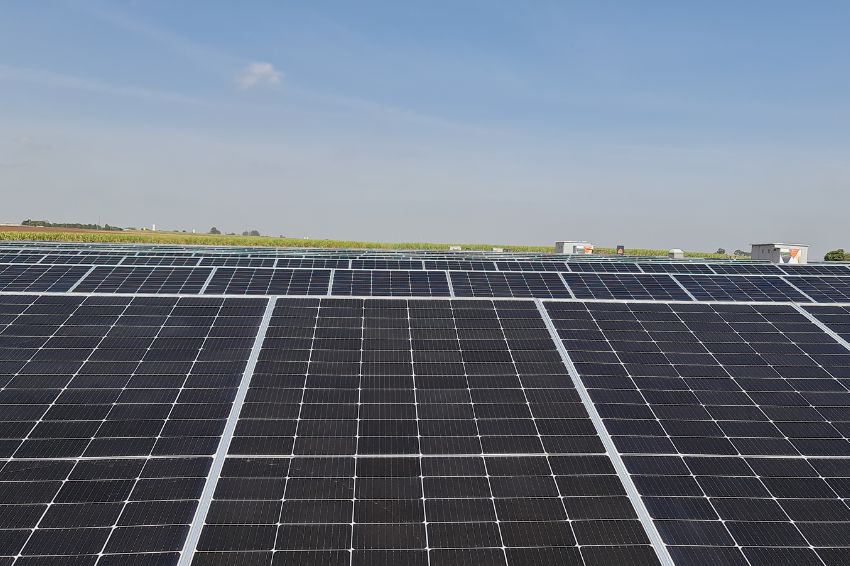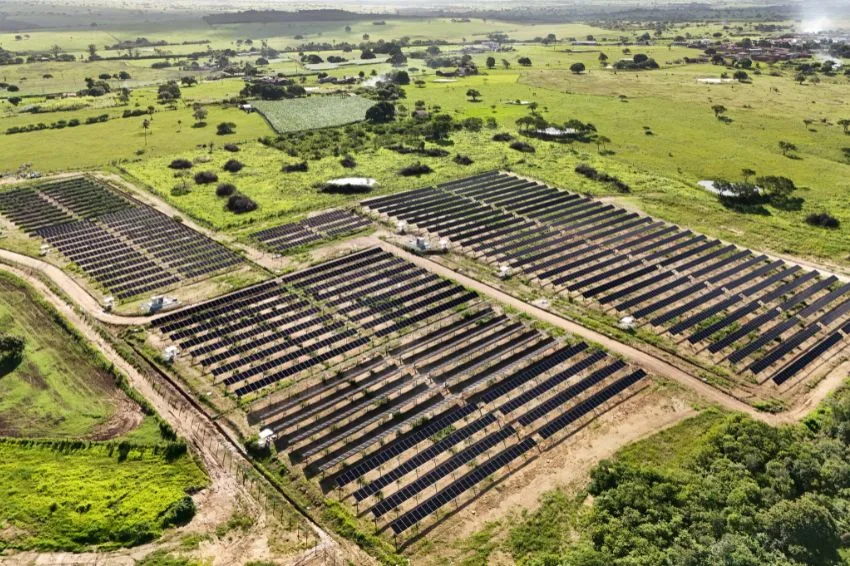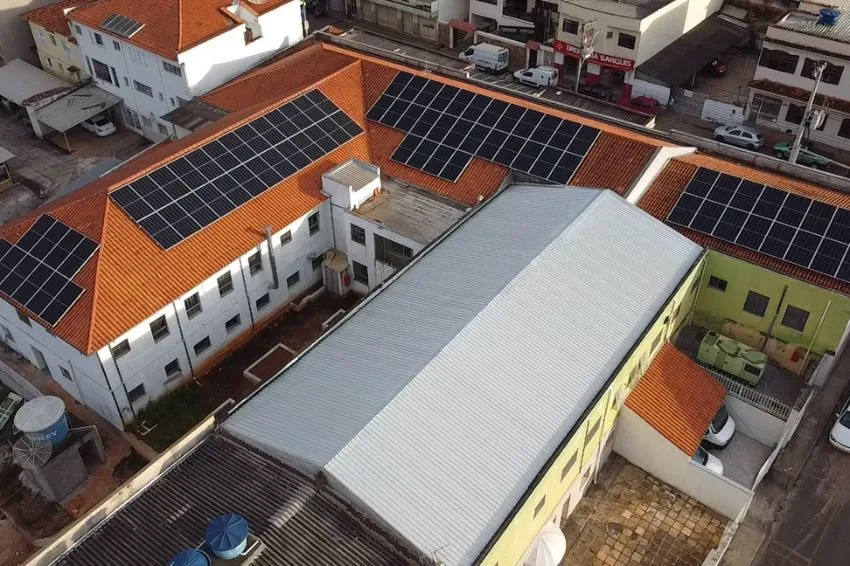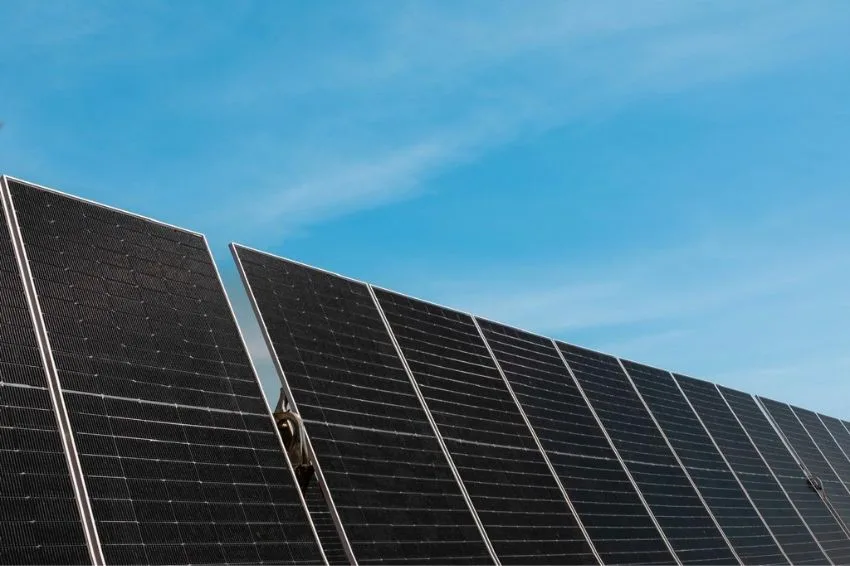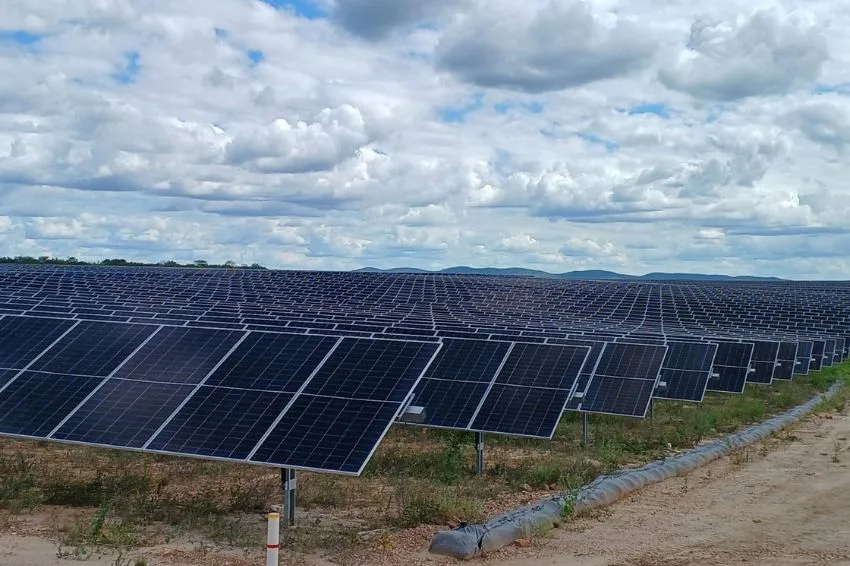In collaboration with Ingridy Porto and Ericka Araújo
A Amber Energy, an energy solutions company from the J&F Group, opened this Thursday (14) UFV Âmbar Saltinho, located in the city of Saltinho, in the interior of São Paulo. This is the first solar plant opened by the company, which began a plan to invest in photovoltaic technology in 2021. In all, R$ 23 million were invested for the construction of the project.
O complex is made up of four plants, which total 5.1 MWp. According to the company, they used 9,408 Sunova 550W single-facial panels and 16 250 kW inverters from Sungrow Furthermore, the system will avoid the emission of 12,193 tons of CO₂ into the atmosphere, the same as planting four thousand new trees per month.
The energy generated will also meet the demand of several customers, including Swift and integrated producers from Seara, both belonging to JBS. Another highlighted point is that the homes of employees from the entire J&F group in the region will also be supplied with energy generated by UFV Âmbar Saltinho, at a discount in relation to the distributor's invoice.
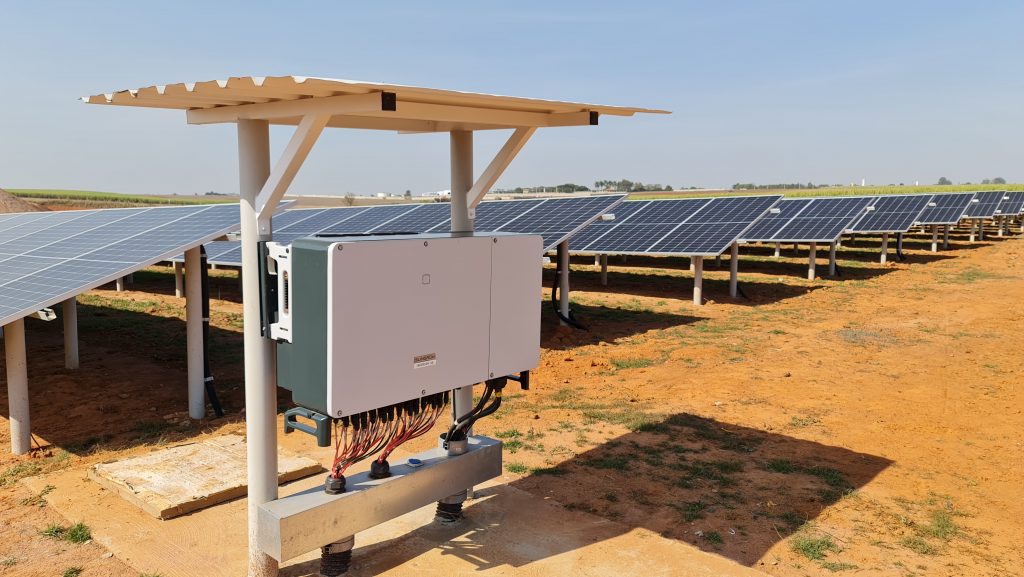
“Everything seen here in this work, including module, inverter, drainage, fencing, we saved almost 40% in structure. We mobilized in January and finished in April. It took four months of work”, said Guilherme Duarte, executive manager of new businesses at Âmbar Energia.
“The inauguration is a milestone in our growth strategy in renewable energy. We will invest more than R$ 6.5 billion in solar generation alone by 2025”, he highlighted Marcelo Zanatta, president of Âmbar Energia.
In addition to the photovoltaic plants spread across the country, the company is also investing in the construction of micro plants on customers' own properties, such as on the roofs of Swift stores.
“This project in Saltinho, which will supply 10 Swift stores in the region, is the first big step towards accelerating renewable sources in Brazil”, he emphasized Raphael Jacob, CFO and responsible for Swift's sustainability programs.
Project features
According to Duarte, responsible for the project, monofacial and monocrystalline modules were used in the complex “due to the ease they have on the market today, in terms of price, quality and already established technology, making it simpler to build and erect this complex in four months”.
According to him, the plants use the string inverter topology, due to its versatility and also the guarantee of energy supply. This is because, according to him, if there is a problem with one inverter, the other will still be working. The expert also commented that this type of topology brings savings in the use of cables for connections.
“In this complex, we have four inverters in each subdivision of the plant. The inverters have a string topology, with 12 MPPTs and two inputs on each MPPT, which facilitates installation and future maintenance”, he added. Laís Leite, account manager at Sungrow Brazil.
Regarding the use of aluminum wires, Duarte clarified that the choice was made due to the rise in the price of copper. When asked about the use of trackers, he commented that, although they are efficient, this equipment brings greater costs to the plant's operation and that is why they chose not to use them.
Regarding the structure used to support the solar panels, he explained that the structure differs from the most common structure used on the market. “The sector normally uses galvanized steel structures, whereas here we made simple reinforced concrete structures. The tables are made of single modules, we do not have double modules due to this structure”, he explained.
“We use reinforced concrete, from the base to the part where it supports the modules. This will give durability to any reinforced concrete structure. We are talking about 40 to 50 years of durability”, he reported.
“We carried out all the tests and calculations so that the structure could hold the region's wind isopleths and the pull-out tests yielded four times more than what was requested”, pointed out Duarte.
Âmbar Energia portfolio in GD
Currently, in Âmbar's portfolio in DG (distributed generation), there are 58 systems in commercial operation, five awaiting connection and three in the construction phase, totaling 2.1 MWp, in six distribution concessionaires in the Southeast.



